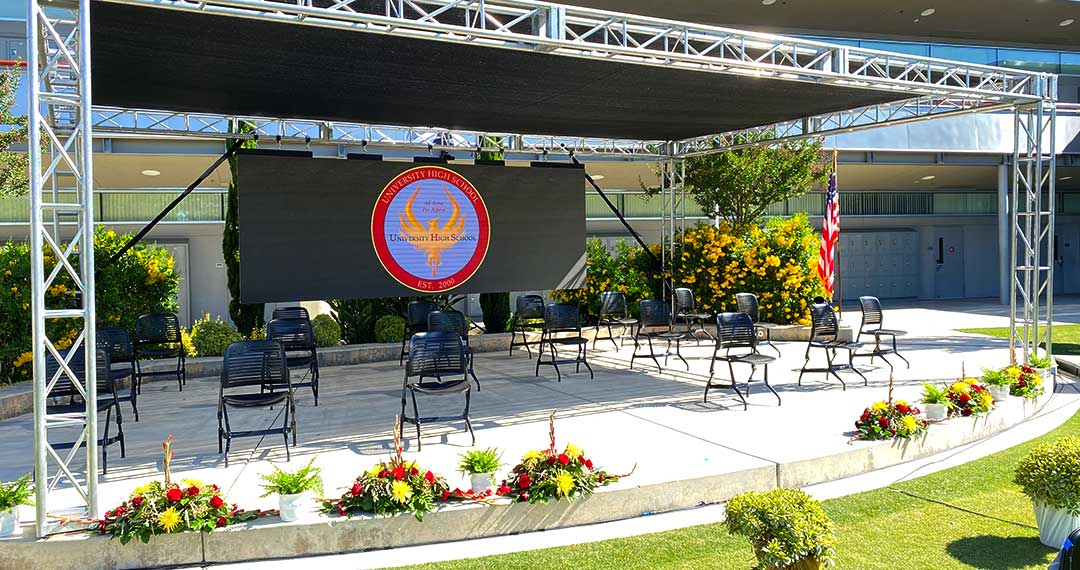Mastering Hue Accuracy in Light Emitting Diode Wall Adjustment for Stunning Visual Presentations
Mastering Hue Accuracy in Light Emitting Diode Wall Adjustment for Stunning Visual Presentations
Blog Article
Hue precision is essential for producing breathtaking graphic displays, especially when employing LED screens. These massive displays are commonly found in places like concert venues, athletic arenas, and advertising billboards. When the colors on an LED screen are not accurate, the visuals can look flat or warped, which can impact the total impression for viewers. Therefore, mastering color accuracy in LED screen calibration is crucial for achieving vibrant and true-to-life visuals.
The first step in guaranteeing color accuracy is comprehending how LED systems works. LEDs, or light-producing diodes, generate light in multiple colors by combining red, green, and blue (RGB) light. Each pixel on an LED wall consists of these three colors. When calibrated properly, the mix of RGB can produce a broad range of colors. However, if one color is too bright or too dim, it can throw off the entire display. This is why tuning is needed to balance the colors and achieve the desired graphic result.
Tuning entails adjusting the configurations of the LED screen to ensure that the hues displayed match the initial material as closely as feasible. This process typically involves using specific software and hardware tools. Technicians frequently use color measurement devices, such as color meters, to examine the colors being shown. By contrasting the assessed colors to standard color standards, they can make exact adjustments. This guarantees that the colors are not only lively but also uniform across the entire display.
Another crucial aspect of color accuracy is comprehending the surroundings in which the LED wall is employed. Factors such as surrounding light can significantly impact how hues appear. For instance, a well-lit lit room may wash out hues, making them look not as vibrant. To counteract this, technicians may adjust the luminosity and contrast configurations of the LED wall. Additionally, they may select specific color profiles that are more suited for various lighting environments. This adaptability helps maintain color accuracy irrespective of the observing environment.
Ultimately, regular upkeep and recalibration are crucial for keeping an LED wall looking its finest. Over time, the performance of LEDs can alter due to factors like degradation and temperature fluctuations. Frequent inspections and adjustments can help guarantee that the colors stay correct and lively. By investing time in proper tuning and maintenance, venues can offer viewers with stunning visual presentations that improve their overall experience. Mastering color precision in LED wall calibration is not just a technical job; it is website here an expertise that contributes to the wonder of visual narration.